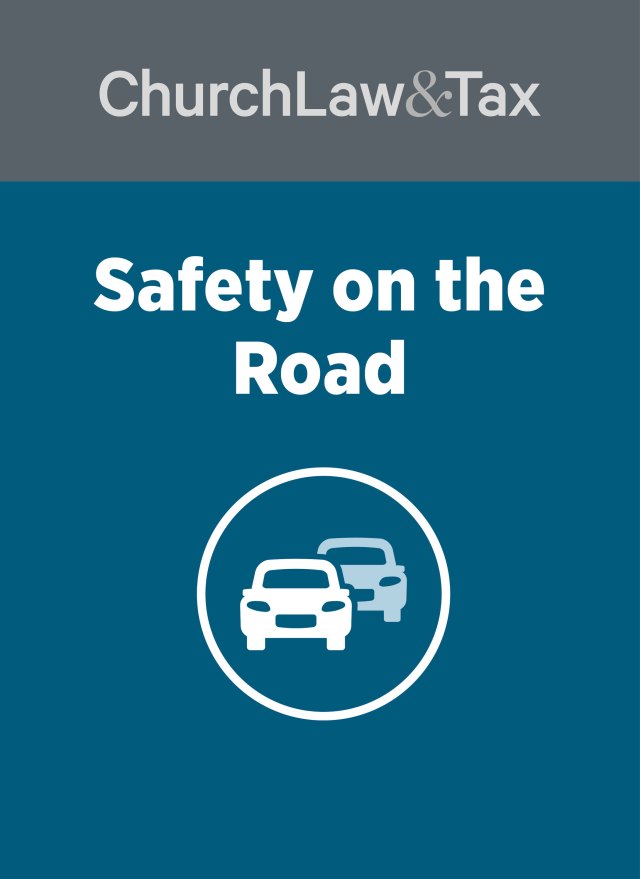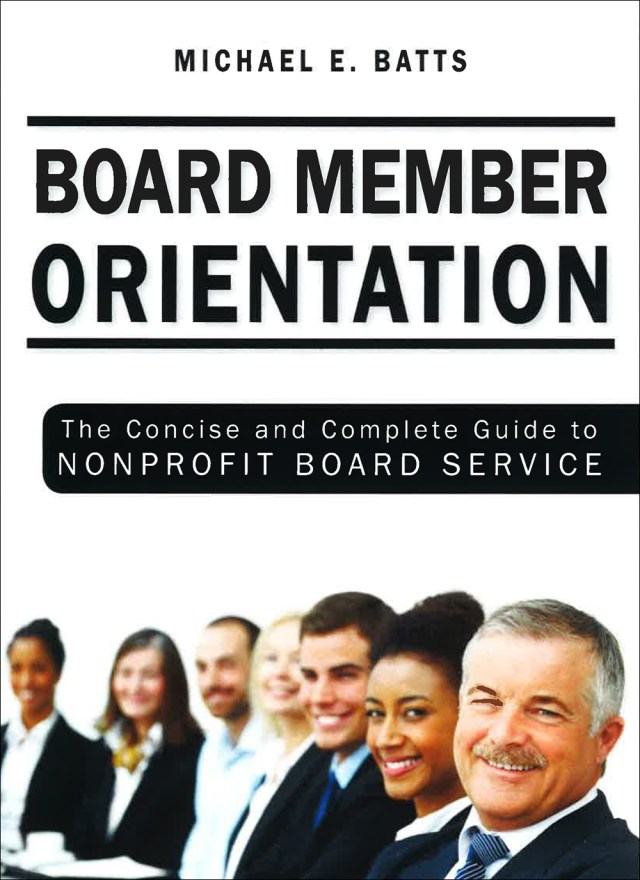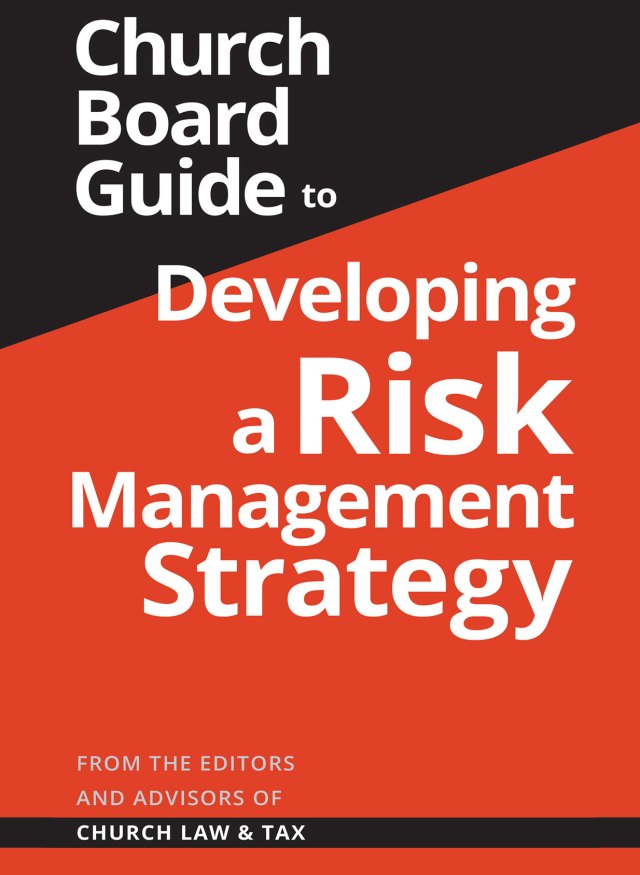Background. Does your church own a 15-passenger van? If so, you’re not alone. There are more than 500,000 of them on the road, and many are owned by churches. Church treasurers should be aware of two recent “safety advisories” issued by the National Highway Traffic Safety Administration (NHTSA) that raise serious questions about the safety of these vehicles. Unfamiliarity with these advisories can expose a church, and the members of its board, to astronomical liability in the event of a church van accident that results in death or serious injury.
Why are 15-passenger vans dangerous? For many reasons, including the following: (1) They are designed to carry cargo, not people, and so they do not comply with many of the basic safety requirements that apply to passenger cars or the stricter federal requirements that apply to school buses. (2) They become top-heavy and prone to rollovers when fully loaded or occupied. (3) The side windows of most 15-passenger vans are made of tempered, not laminated, glass. Tempered glass is far less likely to keep occupants from being ejected in an accident.
The NHTSA safety advisory. The NHTSA issued a rare “consumer advisory” in 2001 warning of the rollover risk of 15-passenger vans. The advisory concludes that a 15-passenger van with more than 15 occupants has a rollover risk nearly seven times greater than a lightly loaded van (fewer than 5 occupants) in a single vehicle accident. The rollover risk is nearly three times greater with more than 9 occupants than with less than 10.
The NHTSA reissued this safety advisory in April of 2002, in part because of “several tragic rollover crashes involving religious groups on trips” during the summer of 2001.
Churches that continue to use 15-passenger vans to transport people are assuming an increased risk of liability unless they take specific steps to reduce that risk. If a court concludes that a church’s use of a 15-passenger van amounts to gross negligence, then the church may be assessed punitive damages (which are not covered under its general liability insurance policy) and the members of the church board may be personally liable.
NHTSA safety recommendations. The NHTSA safety advisory makes the following specific recommendations to reduce the rollover risk associated with 15-passenger vans:
1. Fewer than 10 occupants.
2. Load occupants from the front of the van.
3. Each occupant is required to wear a seat belt at all times. The van owner should adopt a written seatbelt policy, and drivers should be informed that they are personally responsible for enforcing it. Nearly 80 percent of those killed in 15-passenger van rollovers in 2000 were not wearing seatbelts.
4. Absolutely nothing loaded on the van roof.
5. Van drivers should be well rested.
6. Drivers should drive cautiously (maintain a speed that is safe under the conditions, and be especially careful on rural and curved roads).
7. Inspect tires monthly to check for wear and proper inflation. Worn or improperly inflated tires increase the risk of a blowout. And, a 15-passenger’s tendency to rollover increases dramatically during emergency maneuvers, such as a panic response to a tire blowout.
8. If the van’s wheels drop off the roadway, gradually reduce speed and steer back onto the road when it is safe to do so.
9. Only use drivers who have received specific training on the use of 15-passenger vans. Several options are available, including a van driver certification course offered by the National Safety Council. This training should be repeated every three years.
10. Drivers should keep the van’s gas tank as full as possible.
Churches can reduce the risk of death and injury, and potential liability, even further by adopting additional precautions, including: (1) Prohibit the van from being driven in excess of 60 miles per hour. (2) Prohibit the towing of heavy or multi-axle trailers. (3) Prohibit the use of any church van after 12 o’clock midnight and before 6 A.M. (4) Prohibit the use of cellular phones by the driver, while operating the vehicle, under any circumstances. (5) Require all drivers to be approved pursuant to church policy. (6) Vans should be maintained properly, and inspected frequently by a competent mechanic. Keep a log book of all maintenance performed. (7) Drivers should be at least 25 years of age. (8) Sell 15-passenger vans and obtain minivans or small school buses.
Key point. School buses are the safest mode of transportation available today. While “small” school buses (10-20 passengers) cost more than 15-passenger vans, their “cost per mile” is actually lower according to some studies because they are far more reliable, have a much longer road life, and require less maintenance.
Key point. Some church leaders dismiss the risk of using 15-passenger vans to carry people since they only use their van for short “local” trips. But, government data discloses that 70 percent of all van accidents occur within a 25 miles of home.
Key point. Some church leaders insist that 15-passenger vans are “safer” than school buses since vans have seat belts and many school buses do not. This is not true. First of all, many smaller school buses are required to have seat belts. And second, while in some cases larger school buses are not required to have seatbelts, they still are much safer than 15-passenger vans.
The bottom line. Churches that continue to use 15-passenger vans to transport people are assuming an increased risk of liability unless they take specific steps to reduce the risk. In addition, churches probably will find it increasingly difficult to obtain insurance for these vehicles in the future. Here are two options that church leaders can consider:
Option #1. Get rid of 15-passenger vans and replace them with small school buses or other vehicles.
Option #2. Keep 15-passenger vans, either permanently or temporarily (until they can be replaced with small school buses), but strictly comply with each of the ten recommendations made by the NHTSA in its safety advisory.
There are many reasons why church leaders may prefer Option #1, including the following:
- Your church cannot obtain liability insurance for 15-passenger vans.
- Your church does not or cannot comply with the 10 recommendations made by the NHTSA in its safety advisory.
- Your church wants to reduce legal risk.
- Your church has a 15-passenger van that is “used significantly” to transport children to or from school or school-related activities. Such a vehicle is a “nonconforming” vehicle, meaning that it meets the legal definition of a “school bus” but does not comply with stringent federal school bus regulations. While churches are not prohibited by federal law from using a nonconforming 15-passenger van as a school bus, they may be prevented from doing so by state law. Also, churches face an increased risk of liability if they use “nonconforming” 15-passenger vans as school buses.
Example. A church owns a 5-year-old 15-passenger van with an odometer reading of 80,000 miles. The van has the original tires, which are dangerously worn. The church board approves the use of the van for an overnight trip by the youth group. The youth pastor is the designated driver for the trip, and the van is loaded with 14 teenagers. Because there is no room to store luggage, the van roof is used for storage. In addition, the van pulls a large trailer. At 4 AM, while the van is maintaining a speed of 70 miles per hour in a heavy rain shower, the back wheels hydroplane and drop off the road. When the youth pastor attempts to drive the van back onto the road by jerking the steering wheel, he loses control and the van rolls over, killing 5 occupants. Some of the victims’ parents sue the church. Under these circumstances, it is possible that a court would conclude that the actions of the church were negligent. But, it is also possible that a court would conclude that the church, and church board, were grossly negligent as a result of their disregard of the NHTSA safety advisory and its recommendations. A finding of gross negligence is a very serious risk since it would expose the church to “punitive damages” that are not covered under its liability insurance policy. In addition, the members of the church board can be personally liable for their gross negligence. While state and federal laws provide uncompensated board members of nonprofit organizations with limited immunity from liability, these laws do not protect against gross negligence.
Need more information? We have prepared a Special Report addressing the legal issues associated with the use of church vans. These concerns include the safety issues addressed in this article along with the use of church vans as “school buses” and the use of vans across state lines. Every church should have this vital information. You can order the Special Report by calling toll-free 1-800-222-1840. Ask for the Special Report on church vans.
This article first appeared in Church Treasurer Alert, September 2002.




